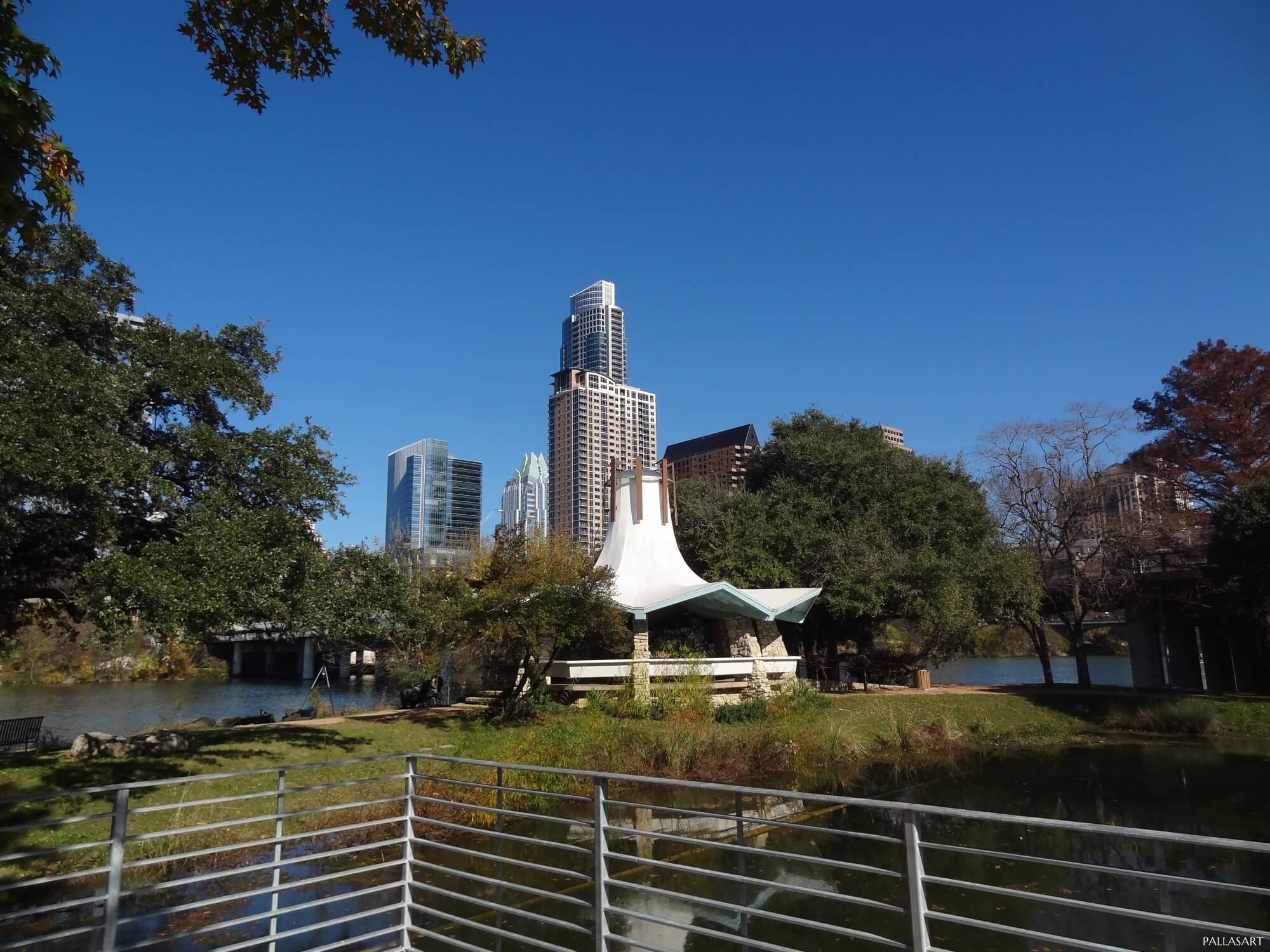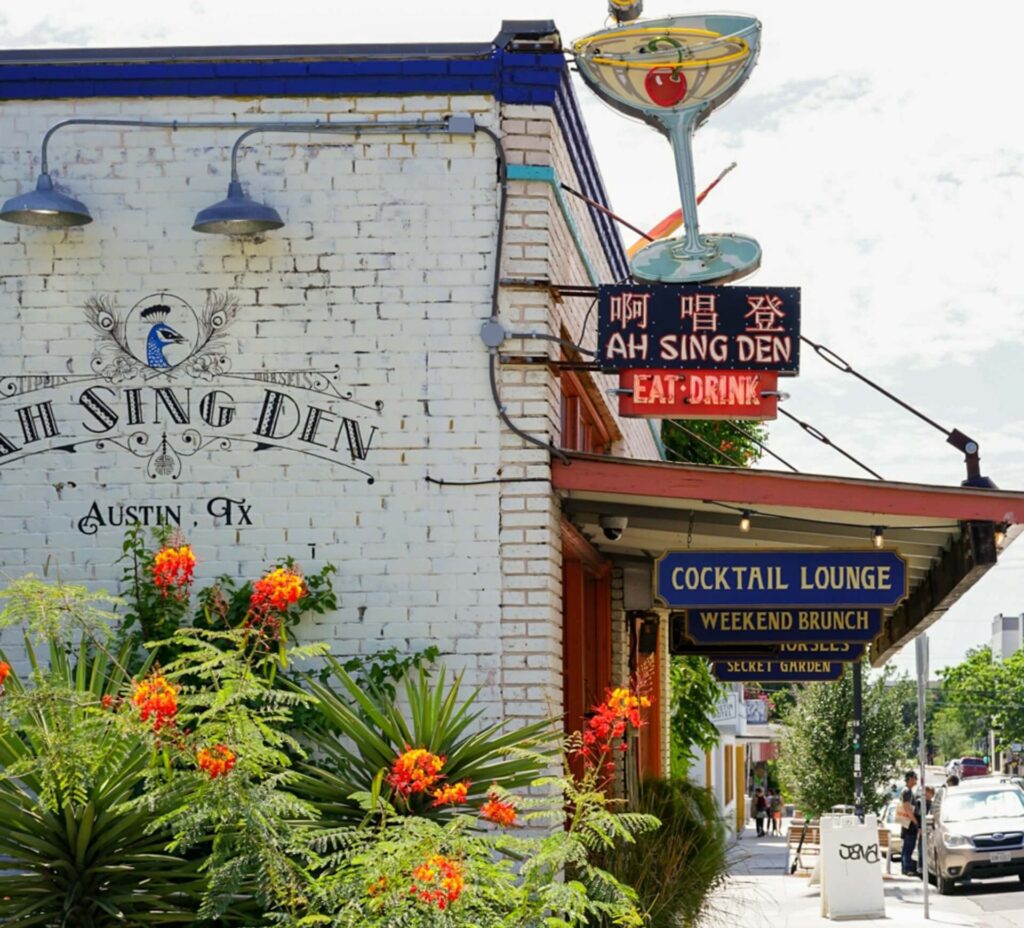
East Austin vs. South Austin: Which Side Suits Your Lifestyle?
October 16, 2025
This isn’t your standard neighborhood breakdown. It’s a vibe check for two of Austin’s most loved and most lived-in areas. East and South Austin both offer culture, charm, and character in spades, but they deliver it in totally different ways.
East feels like a creative sprint. South moves at a chill, confident stroll. So, if you’re trying to decide where to land, as always, I’ll tell you: don’t just ask what’s trendy, ask what fits how you live.
TL;DR: Which Side Might Be Your Side?
| Area | Vibe | Who Thrives Here | Trade-Offs |
| East | Eclectic + vibrant | Creative prosFoodies | Smaller HomesRising Prices |
| South | Chill + character | FamiliesArtists | Pricey but still weird-ish |
East Austin: Pulsing With Creative Energy
This side of town feels alive. It’s walkable and diverse, with third-generation families living next to tech creatives and muralists. It’s not polished, and that’s the point.
The East Side is a relaxed, creative, and deeply accepting community. It’s perfect for folks who want to walk to wine bars and taco trucks, live in a culturally rich neighborhood, and don’t mind a little construction noise, because the neighborhood is changing fast.
Commute: East Austin puts you close to downtown, but heading west or south can be a headache. Cesar Chavez and I-35 aren’t exactly known for smooth sailing at rush hour. If you work downtown or east of MoPac, it’s manageable, but don’t guess. Plug your route into Google Maps during the time you’d actually drive. It’s the only way to know for sure.
South Austin: Weird and Spacious
South Austin is the cool older sibling. It’s where South Congress meets backyard BBQ. Think vintage shops, food truck parks, and coffee on a shaded porch. You’ll see joggers headed to Barton Springs, families out for brunch, and longtime Austinites who never felt the need to cross the river.
It’s got just enough weird to still feel like Austin, but enough space to stretch out. It’s got character and comfort without giving up access; South Austin checks a lot of boxes for anyone who wants it all. The vibe says: I’m chill, but I still like to have fun.
Commute: If your job’s downtown, this side is a breeze. You can hop up South First, Lamar, or Congress and be there in minutes. You don’t need to face any I-35 drama. And if you’re working north of the river, not having to cut over it can save you a surprising amount of time.

Home Styles + Architecture
Half of falling for a neighborhood is falling for the houses, but the other half is figuring out what you’re actually signing up for once you move in. Here’s how East and South Austin stack up on the street level.
East Austin → A Patchwork of Past and Future
You’ll see 1930s bungalows next to sleek four-story builds with rooftop decks. Some streets are full of soul; others feel like construction zones.
There are two kinds of buyers, too: either dreaming of restoring a home with history or ready to go full cube-modern. There’s a trend right now for older homes, and remodeling them is a project not for the faint of heart.
South Austin → Classic Charm Meets Modern Comfort
In South Austin, you’ll still find a lot of the original charm. Think ranch-style homes from the 1950s-70s, updated with modern interiors.
Even the new builds here try to blend in, such as the more modern constructions in neighborhoods like Bouldin, Travis Heights, and Zilker. You’re more likely to get a yard, a mature tree canopy, and a house that actually feels like a home, not just a box.
Cost of Living
Both East and South Austin are in high demand, and the price tags reflect it. But what you get for that money is where things diverge.
East Austin → Rising Pricing and Potential
Prices are climbing fast. In close-in neighborhoods like Holly, Govalle, Chestnut, and Springdale, teardowns are hitting $600K+, and new builds often push well past $1 million. If you head east of 183 or Montopolis, you’ll find more space and newer homes under $800K, but that window is closing.
If you want to be close to downtown and love that East Side vibe (young, walkable, vibrant) 78702 will still get you more for your money than 78704 for resale or new construction.
South Austin → Established Appeal at a Premium
The South side is also pricey, but the premium comes with perks like proximity to Zilker Park, top restaurants, and more established homes. In 78704, a single-family home will often start around $900K, with new construction much higher. If you want to keep it under budget, A/B units and condos are more affordable options.
Dining and Entertainment
Austin brings the flavor, but East and South serve it up differently. One’s about edge and experimentation, the other’s all vibe and consistency.
East Austin → Casual But Creative
This is where chefs push boundaries and bars skip the sign out front. You’ve got Suerte for upscale Mexican, Nixta for inventive bites, Whisler’s for mezcal and people-watching, and the Milonga Room is a favorite for those in the know.
Live music spills from patios, and dive bars double as community hubs with large outdoor beer gardens and food trucks in empty lots. You’re more likely to find a backyard show with a DJ booth playing music both raw and local.
South Austin → Less Scrappy, Still Weird
Down here, it’s all about the classics and the character. Uchi, Home Slice, Odd Duck, and G’Raj Mahal anchor the food scene. South Congress (SoCo) is part catwalk, part street fest, part taco crawl.
The vibe is curated but still a little weird. You’ll find rooftop bars, vintage shops, and sidewalk music. The South Side is less edgy than the East Side, but still keeps the Austin weird.
Parks and Green Space
In Austin, your connection to the outdoors can shape your whole lifestyle. Are you looking for shaded trails, swimming spots, or just a place to walk the dog… where you live changes how easy it is to unplug.
East Austin → Pocket Parks and Community Vibes
The East Side doesn’t have huge parks, but it’s easy to walk or bike to. Nature here is woven into the neighborhoods with pocket parks, community gardens, and trails that wind past murals and food trucks. You’ve got access to Lady Bird Lake and the Hike and Bike Trail, plus local spots like Boggy Creek and Edward Rendon Sr. Park.
South Austin → Sprawling Green Spaces
This side is stacked with green space. You’ve got Barton Springs for a dip, Zilker Park for just about everything, and the Barton Creek Greenbelt for serious trail time. Even the neighborhood parks, like those tucked into Travis Heights, feel lush and laid-back. It’s a great place for outdoor lovers, dog parents, and weekend warriors.
Education
Schools are a deciding factor for many people planning ahead or families with school-age kids. If schools are on your radar, now or down the line, what’s available in your neighborhood can be a dealmaker or dealbreaker.
East Austin → Creative Alternatives
It’s a mixed bag. Some public schools are improving rapidly, while others continue to face challenges. Many families opt for charter options, dual-language programs, or Montessori-style setups. If you’re open to getting creative or already thinking of private schools, you can explore your options here.
South Austin → Solid Reputations
You’ll find more consistency in quality here. Public schools like Zilker, Barton Hills, and Travis Heights Elementary have strong reputations. You will also have easier access to established magnet programs and private school options nearby. It’s not one-size-fits-all, but the path is a little more predictable.
Is East Austin or South Austin Better For You?
It’s time to weigh your options. If you’re stuck between East and South Austin, zoom out from the listings and think about your everyday life. Ask yourself:
- What do your weekends look like?
- Are you drawn to the buzz of walkable bars and art galleries OR quiet patios and neighborhood brunch?
- Do you want modern design OR something with history and heart?
- Is proximity to Lady Bird Lake a must, OR would you rather stroll to Zilker?
- How much space do you really need, and what’s your appetite for renovation or change?
East Austin is a hub of energy, diversity, and creative grit, with some growing pains along the way. It’s for folks who want to be in the mix and don’t mind the sound of a nail gun at 8 a.m.
South Austin is characterized by charm, consistency, and a slower pace, with just enough quirkiness to still feel like old-school Austin. It’s for people who want room to breathe and roots they can settle into.
So, choosing between East and South Austin, don’t overthink the map. Think about your mornings, your weekends, and the kind of place that makes you exhale when you walk in the door.
One side might feel like a creative jolt. The other, like a deep breath.
There’s no wrong choice. But one’s going to feel more like you.
Ready to figure out which side feels like home? Let’s talk!
FAQs
East Austin has a higher urban density, with corner stores, bars, and restaurants within a few blocks. South Austin has better sidewalks, shadier streets, and more trail access. It really depends on the pocket you land in.
East Austin, especially around Springdale and Montopolis. Gentrification is fueling rapid growth and competition.
Both are strong, but in different ways. South Austin offers stability and proven demand. East Austin is still appreciating fast, especially for homes with charm or renovation potential.
Look at Bouldin Creek or East Riverside. These are zones where culture, walkability, and value overlap. They’re not perfect blends, but they offer crossover appeal if you’re torn.